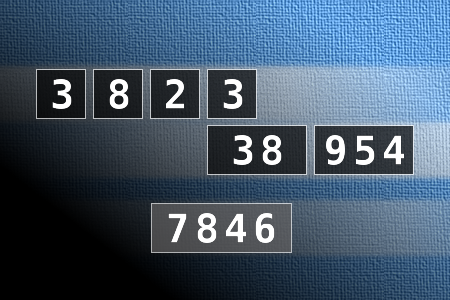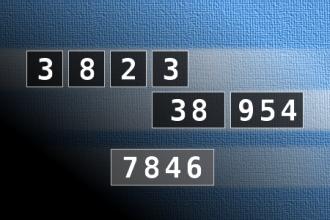Calculate the number 7846
NUMBERMANIA: Calculate the number 7846 using numbers [3, 8, 2, 3, 38, 954] and basic arithmetic operations (+, -, *, /). Each of the numbers can be used only once.Correct answers: 16
The first user who solved this task is Djordje Timotijevic.
#brainteasers #math #numbermania

Christmas QA jokes part two
Q: What do you call a cat sitting on the beach on Christmas Eve?
A: Sandy Claws.
Q: Where does the snowman hide his money?
A: In the snow bank.
Q: What type of cars do elves drive?
A: Toy-otas.
Q: Why did the Christmas tree go to the barber?
A: It needed to be trimmed.
Q: What kind of motorcycle does Santa ride?
A: Holly Davidson.
Q: What do you call a bankrupt Santa?
A: Saint Nickel-less.

